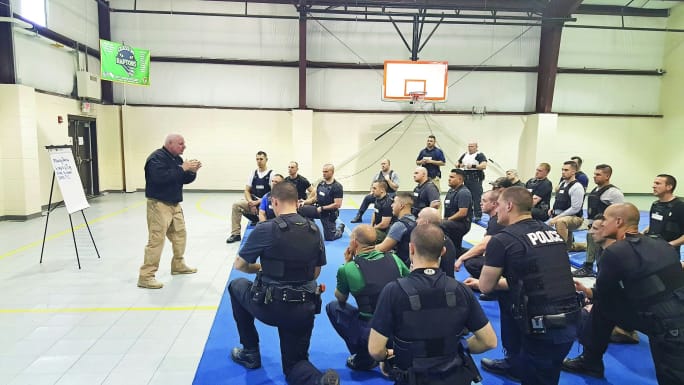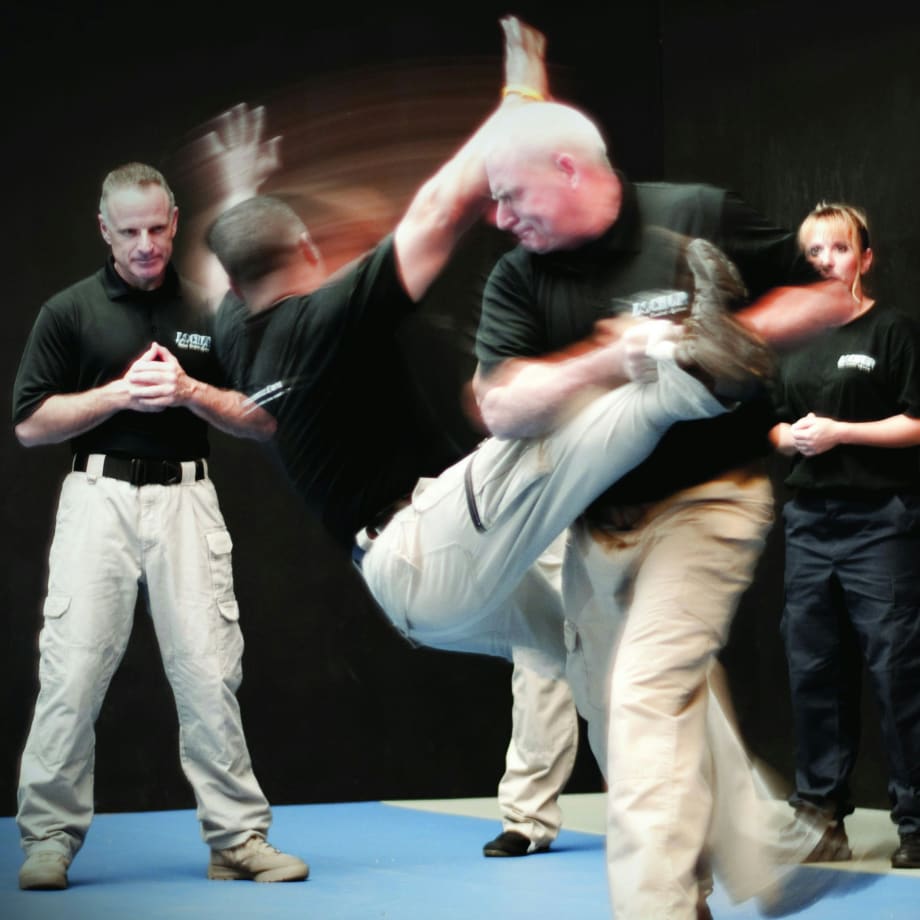After conducting multiple interviews and curriculum reviews at law enforcement agencies, I have found the following commonalities in defensive tactics programs that I believe need action.
• Most DT instructors I interviewed teach what they think should be taught without collecting or analyzing any data pertaining to street use-of-force deployments. How can you train for what is needed if you don't study what your officers are doing out in the real world and determine if it is
effective?
• Many instructors teach one system or another because they believe it's what should be taught, but again, they take no steps to measure what the officers actually use and or do on the street. If you go to one agency and they're all learning jiu-jitsu, it's because the head instructor is a jiu-jitsu practitioner; at another they are learning wrestling moves because the head DT instructor is a wrestler. You see the problem.
Historian Daniel Boorstin wrote: "The greatest enemy of knowledge is not ignorance, it is the illusion of knowledge." When it comes to law enforcement training, this means not making assumptions based on what works in the class, but putting it in the context of how it is used for police work. The face punching problems the agency referenced earlier in this article experienced were a result of how its officers were training. Making assumptions that techniques suitable for competition fighting and martial arts dojos are appropriate for law enforcement officers on the street can lead to bad outcomes for officers, subjects, and agencies. For example, I know of a recent incident where an officer employed a wrestling maneuver designed for sport in a street situation and shattered the subject's face on the cement for a minor offense. That technique was designed for use on a mat in a competition, not by an officer on the street.
Arrest and Control
If you analyze use of force by officers you will likely learn that 90% to 95% of force usage occurs during arrest-and-control situations. In contrast, a review of many law enforcement training programs reveals that 90% to 95% of the physical training provided to these officers is officer survival or countermeasure based, which does not match.
DT curriculum should be based on job description, performance tasks, real use-of-force incidents, identified trends, and the time available. It's great if an agency has the luxury of lots of training time that can be used to teach officers how to respond to uncommon situations. However, most officers receive less than eight hours of DT training per year, so it's important to dedicate that valuable time to the situations officers are most likely to face on the job.












